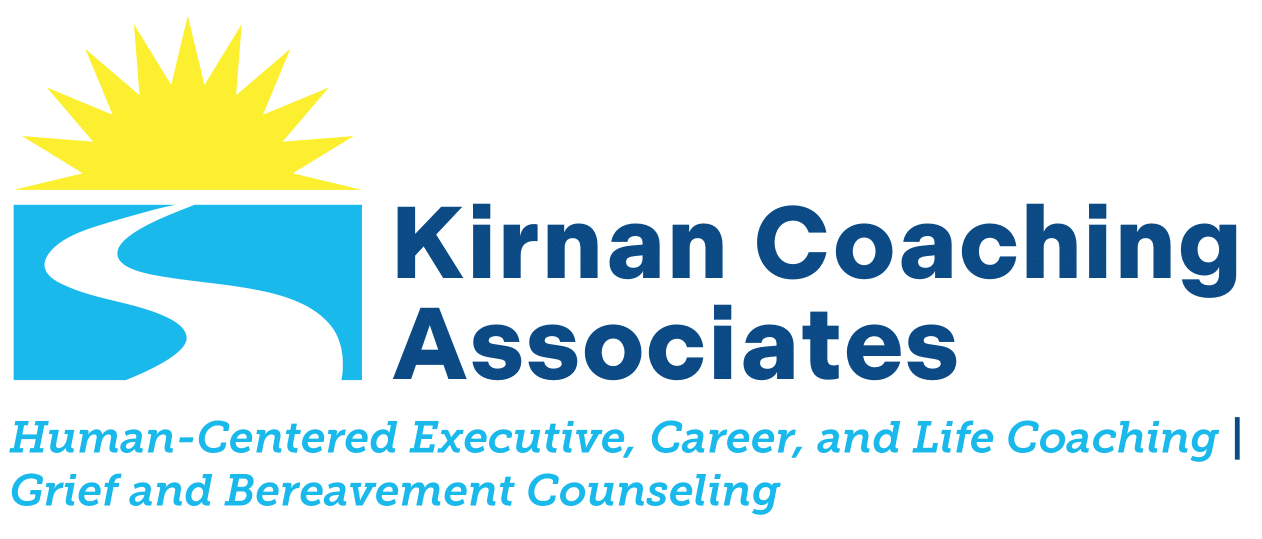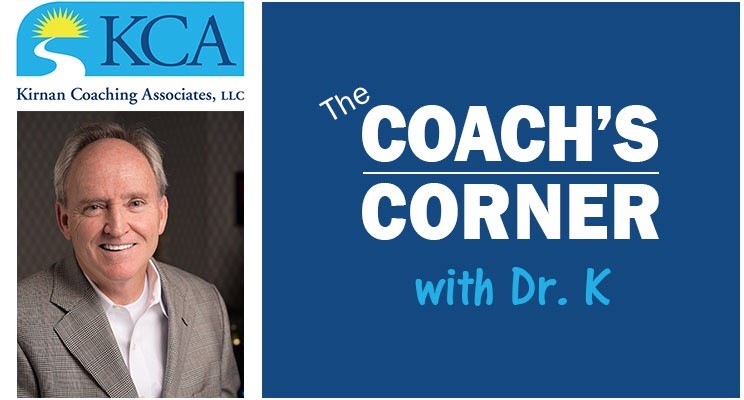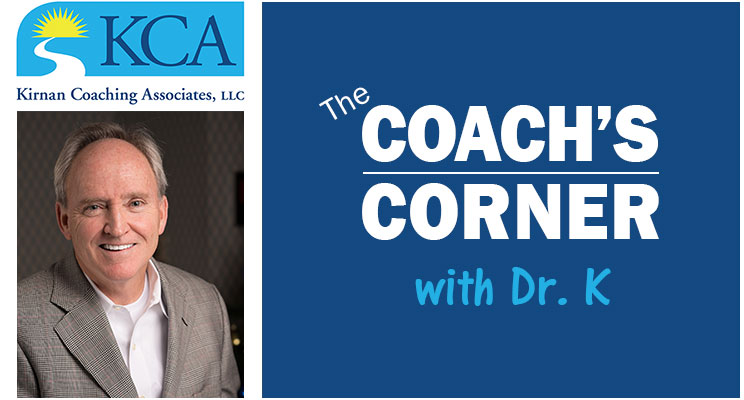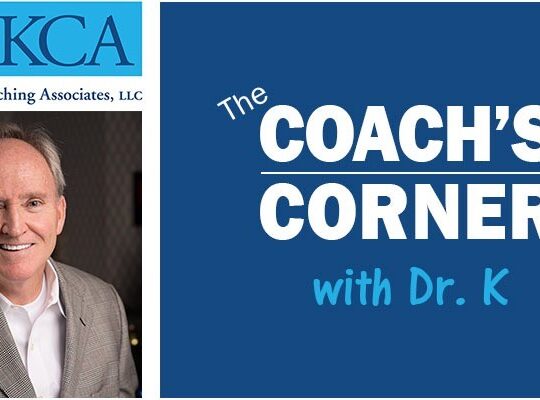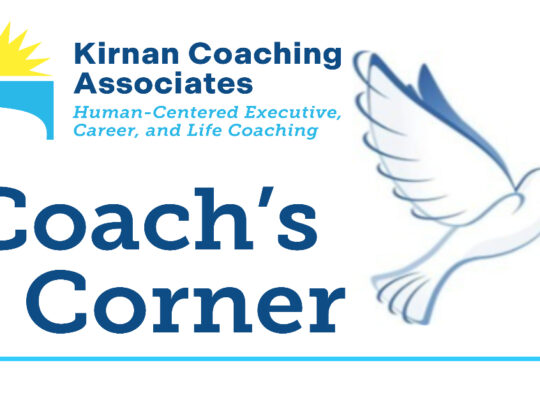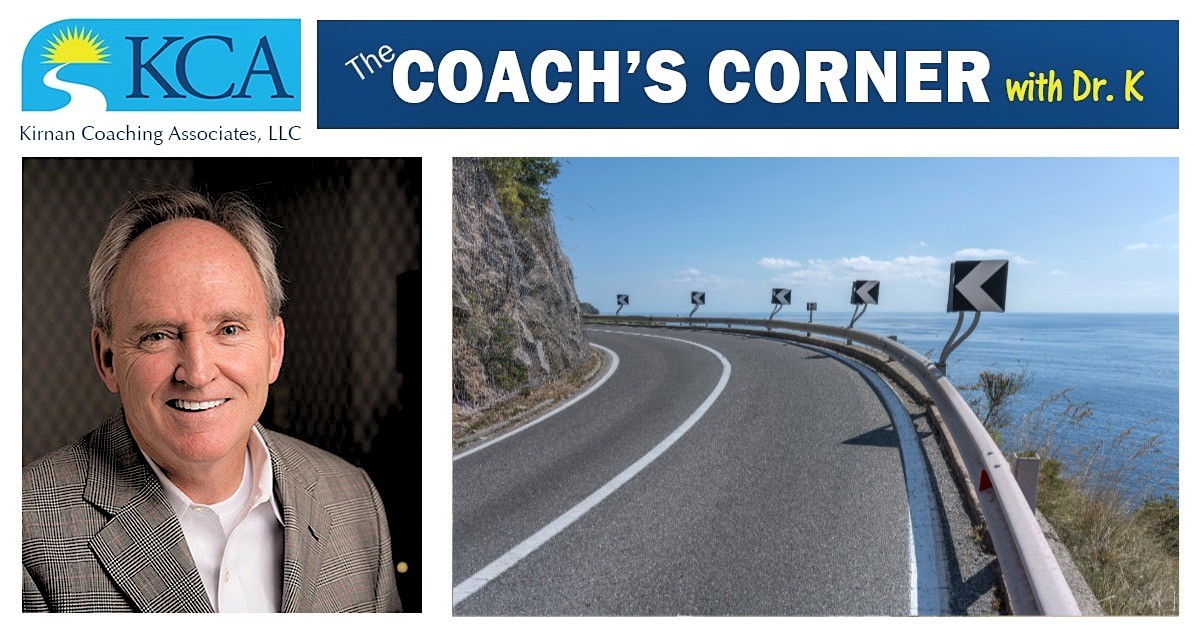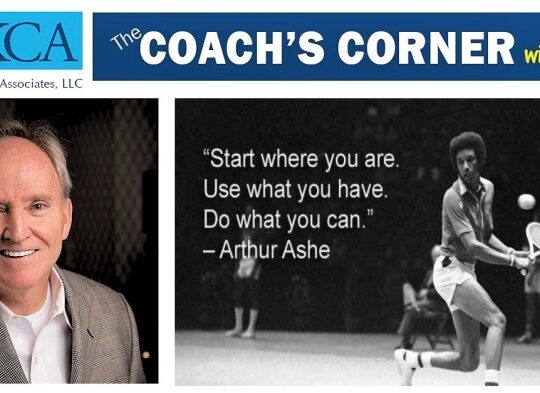As a lifelong lover of cars, I have always been intrigued by how the automobile companies use advertising to draw the customer into the showroom. This fascination with cars began at a very early age. Every October, my best friend Robbie K and I would visit each of the new car dealers in our town on the way home from school to sample Detroit’s latest product offerings. We had Chevrolet, Buick and Cadillac dealerships either next to or facing our grammar school, Our Lady of Mt. Carmel. And, if we walked several blocks up the street, we could also visit the Lincoln-Mercury and Dodge dealerships. We’d even bring home the new car pamphlets and study all of the different features of each new model. I am sure these early experiences and writing a doctoral dissertation on how the Japanese car companies created a significant competitive advantage over their Detroit rivals helped pave the way for a highly enjoyable 15-year career as a Wall Street automotive analyst.
So what does this have to do with coaching Dr. K? Well, I was watching a Mazda TV commercial a few weeks ago that didn’t necessarily catch my eye with their new products although I must admit that I did own an awesome RX-7 sports car back in the early 1990s. Rather, it was the lyrics of that catchy song from the pop duo Capital Cities — Safe and Sound — that made me think about how critical it is for a coach to create a safe and trusting environment for the client. In creating that ideal environment, coaches also need to be non-judgemental in helping the client clarify goals that are truly SMART Goals — i.e., Specific, Measurable, Achievable, Realistic, and Time-bound. And, since coaching is always forward-looking and action-oriented, the coaching environment should be free of distractions and outside interference to help the client explore the actions and strategies that can support those goals. Sometimes the client will need to break down their action steps into smaller, discrete components or what Dr. Leo Marvin and Bob Wiley, the lead characters in that great movie What About Bob, would affectionately refer to as Baby Steps. Baby Steps help build your confidence, they get you closer to achieving your goals and they can remove some of the angst and fear we all have whenever we are confronting something that seems insurmountable.
Seeing the Mazda Safe and Sound commercial also made me think about the specific settings that coaching engagements often take place in today. Many of us have to contend with overly stretched schedules so a coaching session is not always an in-person engagement but can often take place over the phone or through the magic of Skype, FaceTime or G-Chat. And, if time is of the essence and a critical document like a resume or a targeted cover letter needs to be reviewed, clients can interface with their coach using leading-edge screen share technology like join.me, a great productivity enhancement over more conventional document sharing options. This topic of what conditions create the ideal setting for productive conversation was addressed at a Columbia University Coaching Conference I attended last October. We had a lively discussion that was led by Dr. Juanita Brown, the Co-founder of the World Café, where attendees were asked to reflect on what kinds of settings produced really powerful and insightful conversations in either their personal or professional life.
My personal interest in this topic actually began several years ago when my daughter Tarah was home from college and gave me me a terrific book by Theodore Zeldin entitled Conversation: How Talk Can Change Our Lives which explores new ways of engaging in conversation with people and how it can lead to a happier and more productive discourse. Many of my fellow attendees at the Columbia Conference felt that the ideal setting for conversation was one that was more “open” than the traditional “closed” type of conversations that many of us have had in the boss’s office. Grabbing coffee at a cafe was a popular choice and so too were conversations that took place in outdoor environments like sitting on a park bench or even going outside for a walk. As a former marathon runner, I know many of my best conversations with people were on the runners trail during our “long runs” together or on the bike when we were training for a triathlon. In my professional roles as a Manager of a large research department and as a Dean of a Business School, many of my more productive meetings with colleagues would often take place outside the office where you could really get a chance to engage and also see what other factors in that person’s Life Wheel might be impacting their performance or how others in the organization may be perceiving them. The bottom line is that any really effective coach must be able to adapt to whatever environment works best for their client.
So whether you are a candidate for coaching or not, think about the environment that’s best for you, not just in a potential coaching engagement but in everyday conversation. What setting is truly Safe and Sound for you and the one that allows you to take those Baby Steps in creating your vision of a more fulfilling personal and professional life. Warm regards, Dr. K
